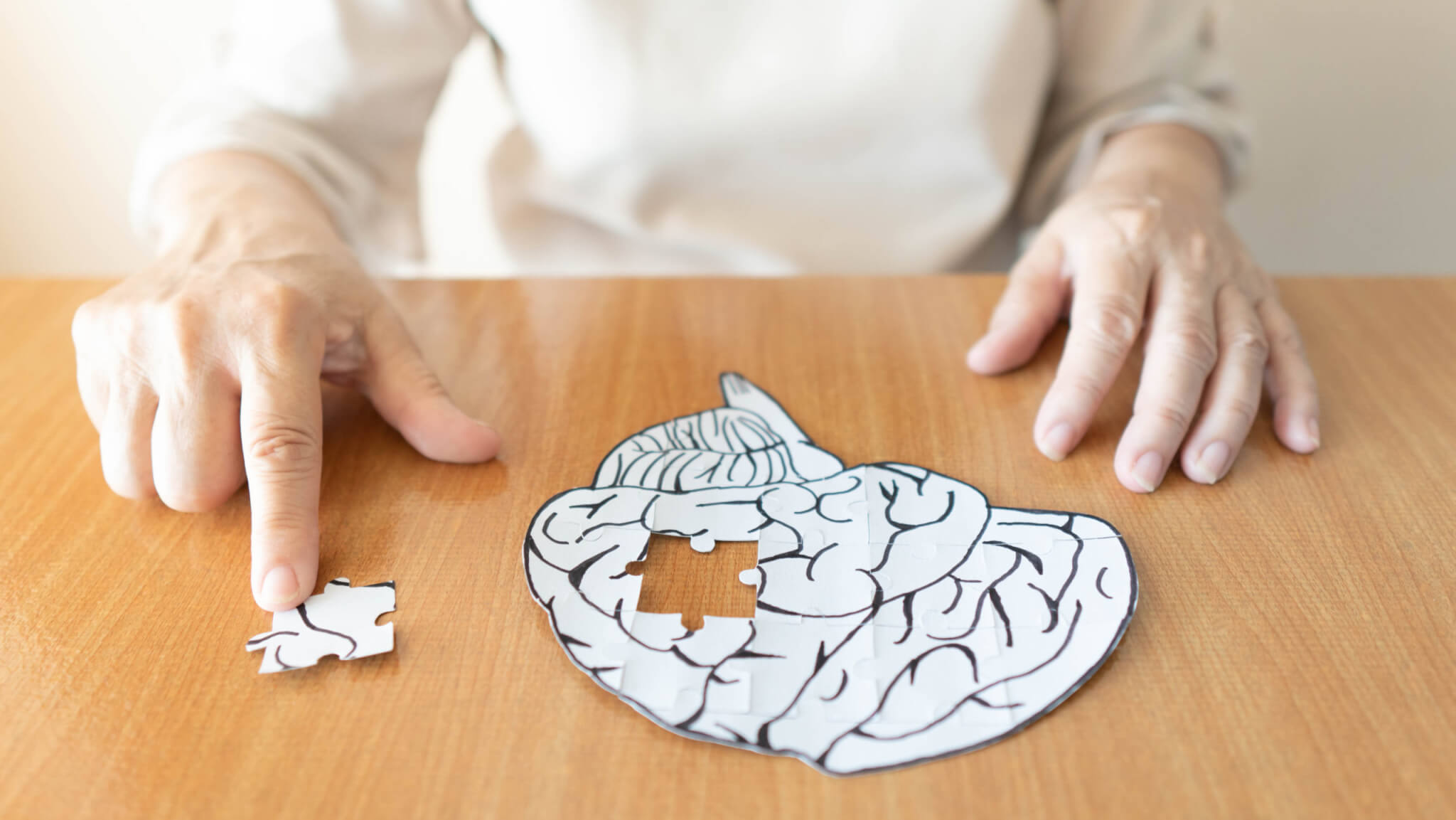SAN ANTONIO, Texas — New research out of Texas may prove to be a dementia detection game changer. Scientists at the University of Texas Health Science Center at San Antonio have found that a specific ribbon of brain tissue known as cortical gray matter tends to grow thinner among individuals who eventually go on to develop dementia. All in all, their latest report concludes this brain tissue thinning appears to be an accurate biomarker of dementia five to 10 years before any related symptoms appear.
Dementia is troublingly common in the United States, affecting an estimated six million Americans. Even worse, that statistic is likely to increase considerably in the decades to come. Early detection can help dementia patients remain independent for longer and receive more comprehensive care. This breakthrough could improve the lives of countless people in the future.
In collaboration with the University of California-Davis and Boston University, study authors conducted an MRI brain imaging study encompassing 1,000 people from Massachusetts participating in the Framingham Heart Study. This project also included another 500 people from a California cohort. Those from California included 44 percent representation of Black and Hispanic participants, while the Massachusetts cohort was predominantly non-Hispanic White. On average, both cohorts were roughly 70 to 74 years-old at the time of the MRI studies.
“The big interest in this paper is that, if we can replicate it in additional samples, cortical gray matter thickness will be a marker we can use to identify people at high risk of dementia,” says study lead author Claudia Satizabal, PhD, of UT Health San Antonio’s Glenn Biggs Institute for Alzheimer’s and Neurodegenerative Diseases, in a media release. “By detecting the disease early, we are in a better time window for therapeutic interventions and lifestyle modifications, and to do better tracking of brain health to decrease individuals’ progression to dementia.”
Replicating the Framingham findings in the more diverse California cohort “gives us confidence that our results are robust,” Prof. Satizabal adds.
🧠 What Is Dementia?
- Dementia is a general term for a decline in memory, thinking, and reasoning abilities
- The decline in cognitive function is significant and progressive, impacting daily life
- There is currently no definitive cure that reverses these symptoms
- The number of people with dementia is projected to triple by 2050

Different forms of dementia impact the mind in various ways and affect different brain regions. However, Alzheimer’s disease and frontotemporal dementia impact the cortex. Alzheimer’s is the most common type of dementia. This study compared participants both with and without dementia at the time of MRI.
“We went back and examined the brain MRIs done 10 years earlier, and then we mixed them up to see if we could discern a pattern that reliably distinguished those who later developed dementia from those who did not,” comments study co-author Sudha Seshadri, MD, director of the Glenn Biggs Institute at UT Health San Antonio and senior investigator with the Framingham Heart Study.
“This kind of study is only possible when you have longitudinal follow-up over many years as we did at Framingham and as we are building in San Antonio,” Dr. Seshadri continues. “The people who had the research MRI scans while they were well and kept coming back to be studied are the selfless heroes who make such valuable discoveries, such prediction tools possible.”
The results were consistent across all populations. Generally, thicker ribbons correlated with better outcomes, and thinner ribbons with worse.
“Although more studies are needed to validate this biomarker, we’re off to a good start,” Prof. Satizabal notes. “The relationship between thinning and dementia risk behaved the same way in different races and ethnic groups.”
The research team explains that clinical researchers may be able to use the thinning biomarker as a means of minimizing costs by way of choosing participants who haven’t yet developed any disease but are on track for it. Such individuals would have the greatest need to try investigational medications. Meanwhile, Dr. Seshadri adds the biomarker is also likely useful as a way of developing and evaluating therapeutics.
Moving forward, the study authors want to continue exploring risk factors potentially related to the observed thinning. Examples include cardiovascular risk factors, diet, genetics, and exposure to environmental pollutants.
“We looked at APOE4, which is a main genetic factor related to dementia, and it was not related to gray matter thickness at all,” Prof. Satizabal says. “We think this is good, because if thickness is not genetically determined, then there are modifiable factors such as diet and exercise that can influence it.”
As far as whether the MRI gray matter biomarker may be in wide use across medical settings someday, Dr. Seshadri had the following to say:
“A high proportion of people going to the neurologist get their MRI done, so this thickness value might be something that a neuroradiologist derives,” the study author concludes. “A person’s gray matter thickness might be analyzed as a percentile of the thickness of healthy people for that age.”
The study is published in the journal Alzheimer’s & Dementia.
